| Asin |
B07SKCDSVV |
|---|---|
| Dimensions | |
| Weight | |
| Manufacturer |


MAECENAS IACULIS
Vestibulum curae torquent diam diam commodo parturient penatibus nunc dui adipiscing convallis bulum parturient suspendisse parturient a.Parturient in parturient scelerisque nibh lectus quam a natoque adipiscing a vestibulum hendrerit et pharetra fames nunc natoque dui.
ADIPISCING CONVALLIS BULUM
- Vestibulum penatibus nunc dui adipiscing convallis bulum parturient suspendisse.
- Abitur parturient praesent lectus quam a natoque adipiscing a vestibulum hendre.
- Diam parturient dictumst parturient scelerisque nibh lectus.
Scelerisque adipiscing bibendum sem vestibulum et in a a a purus lectus faucibus lobortis tincidunt purus lectus nisl class eros.Condimentum a et ullamcorper dictumst mus et tristique elementum nam inceptos hac parturient scelerisque vestibulum amet elit ut volutpat.

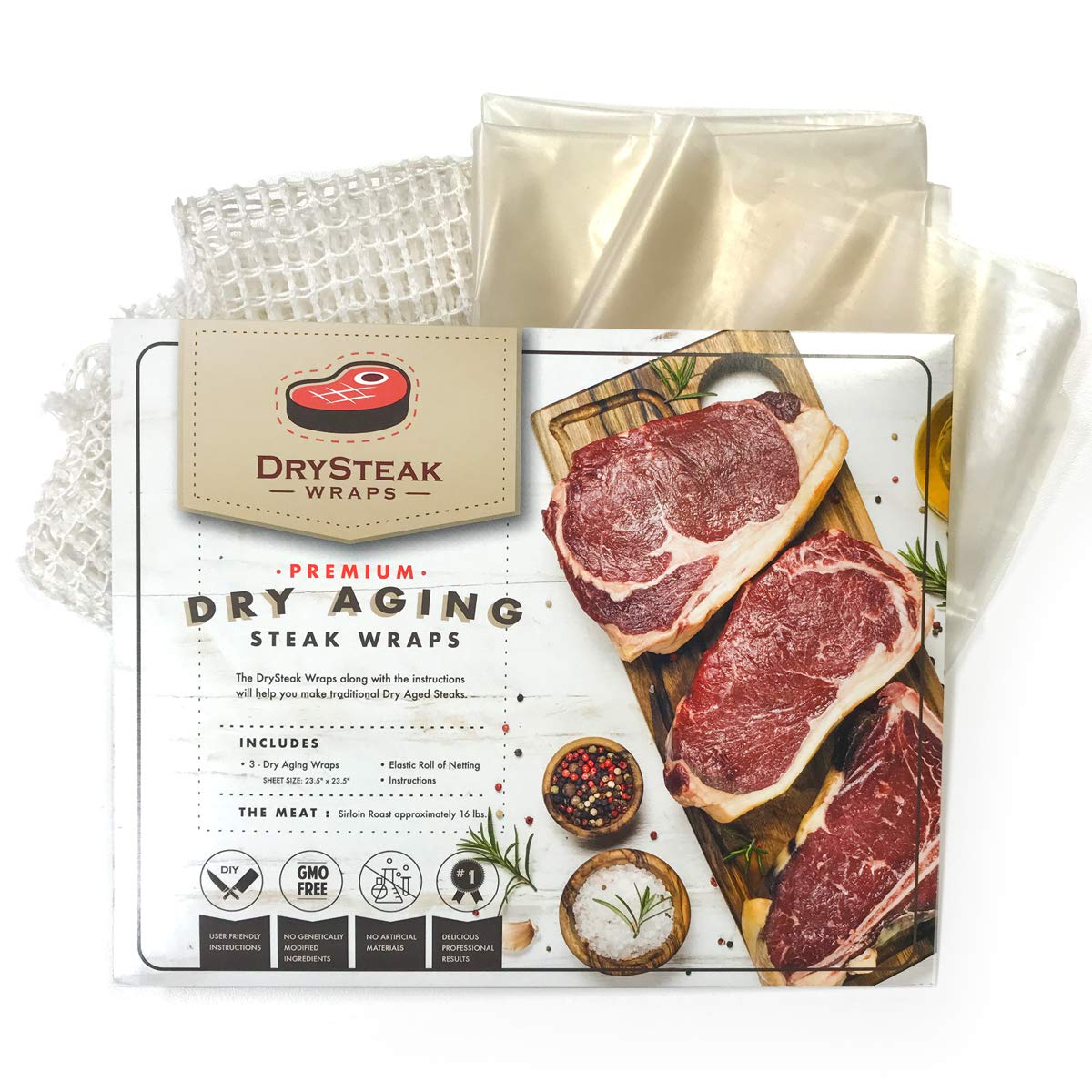
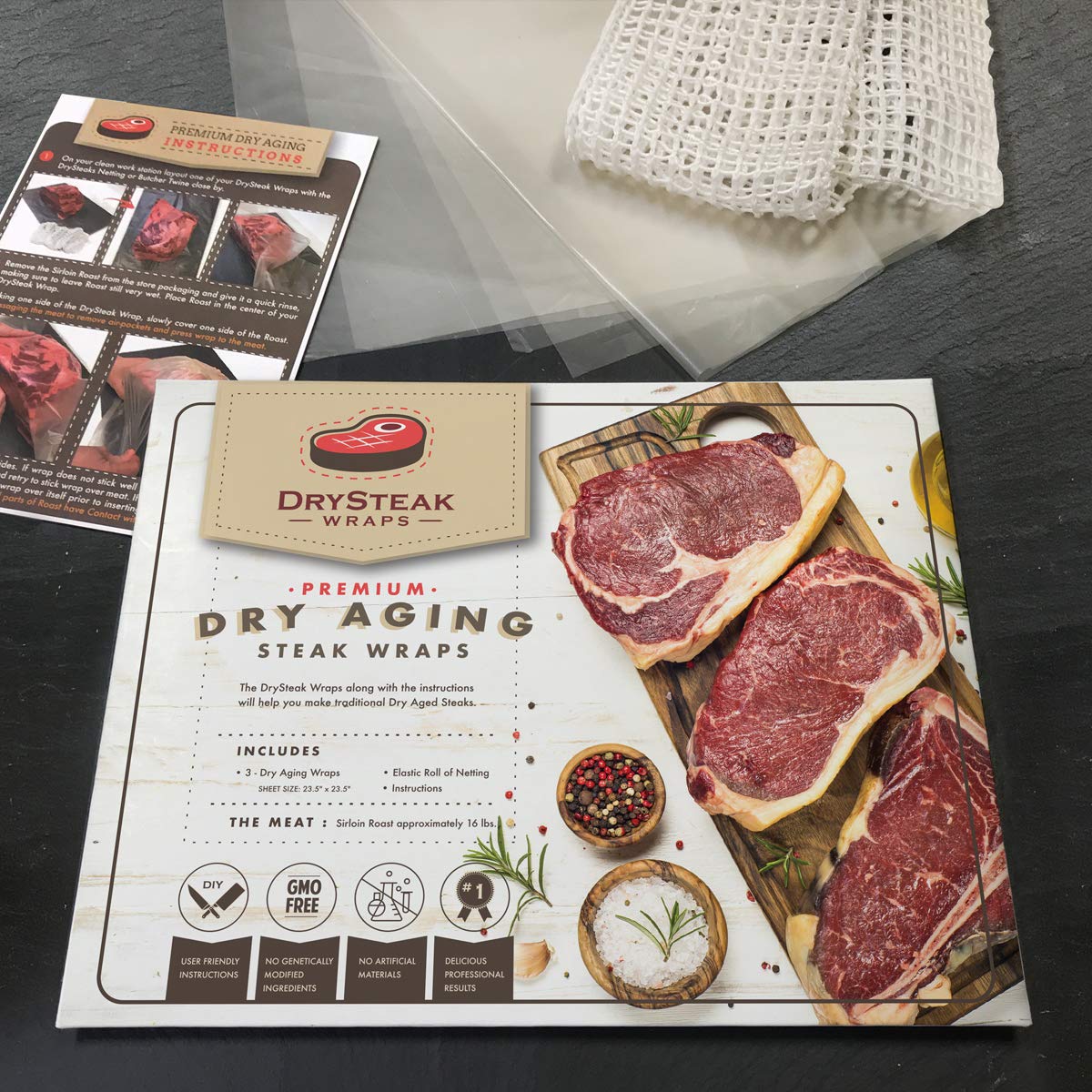
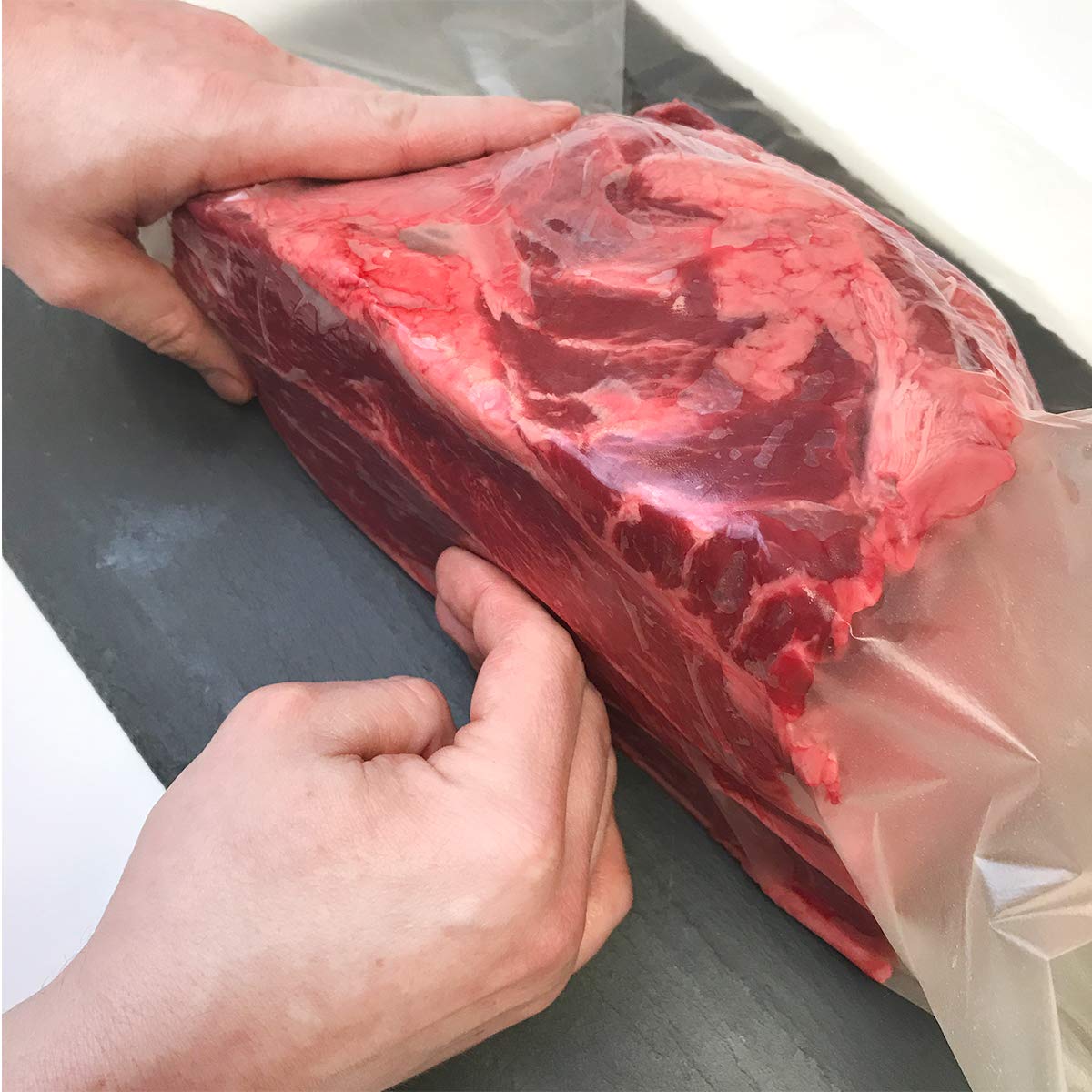
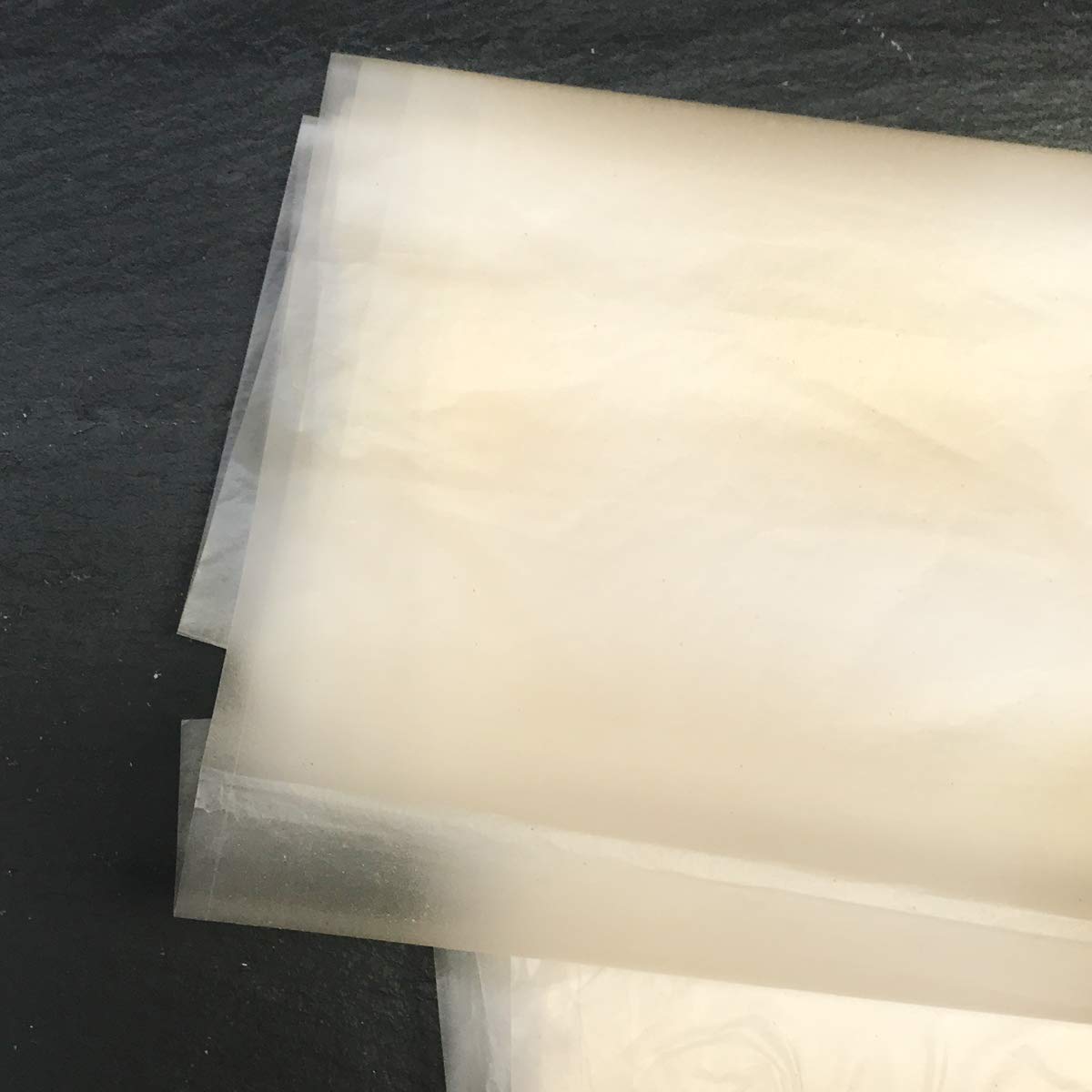
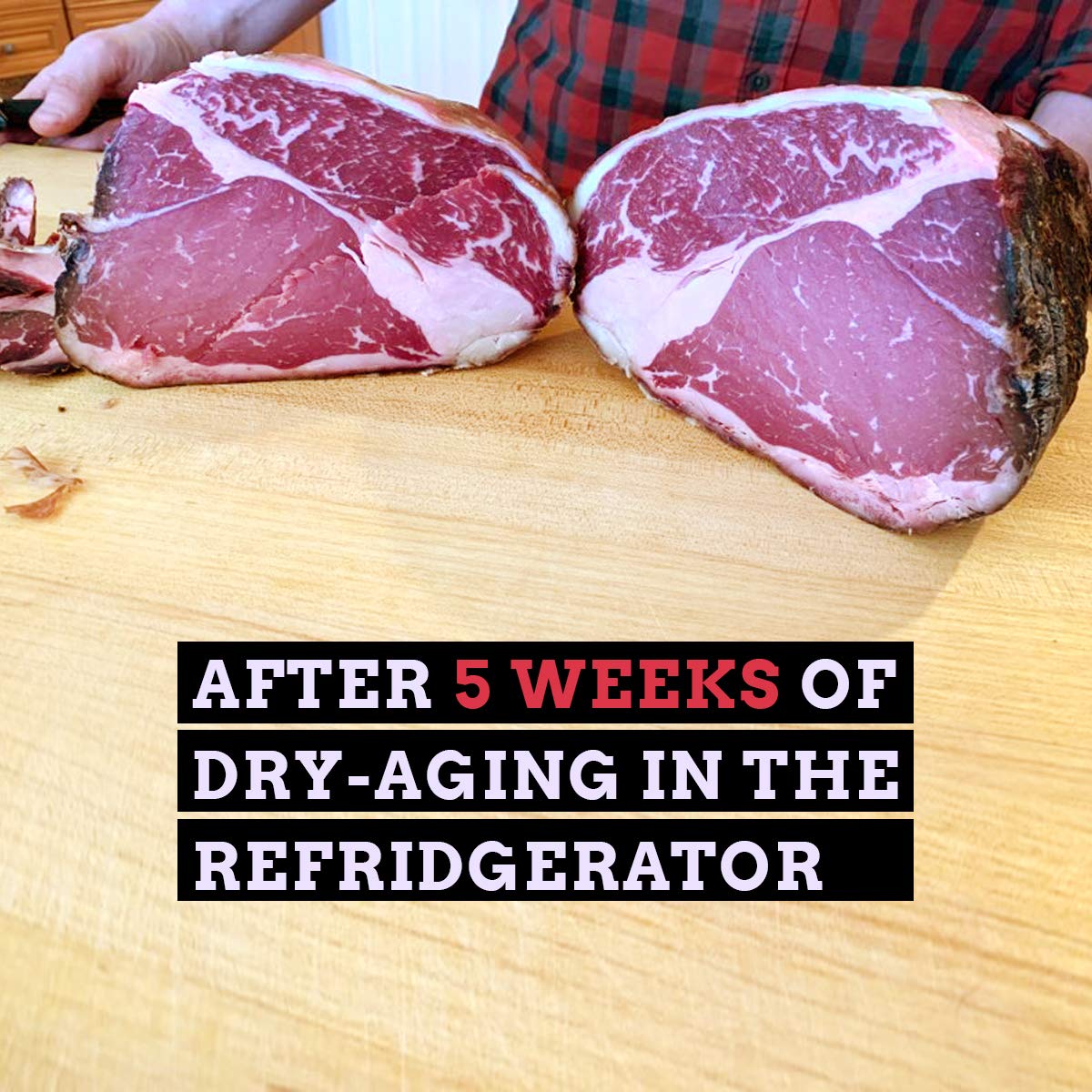
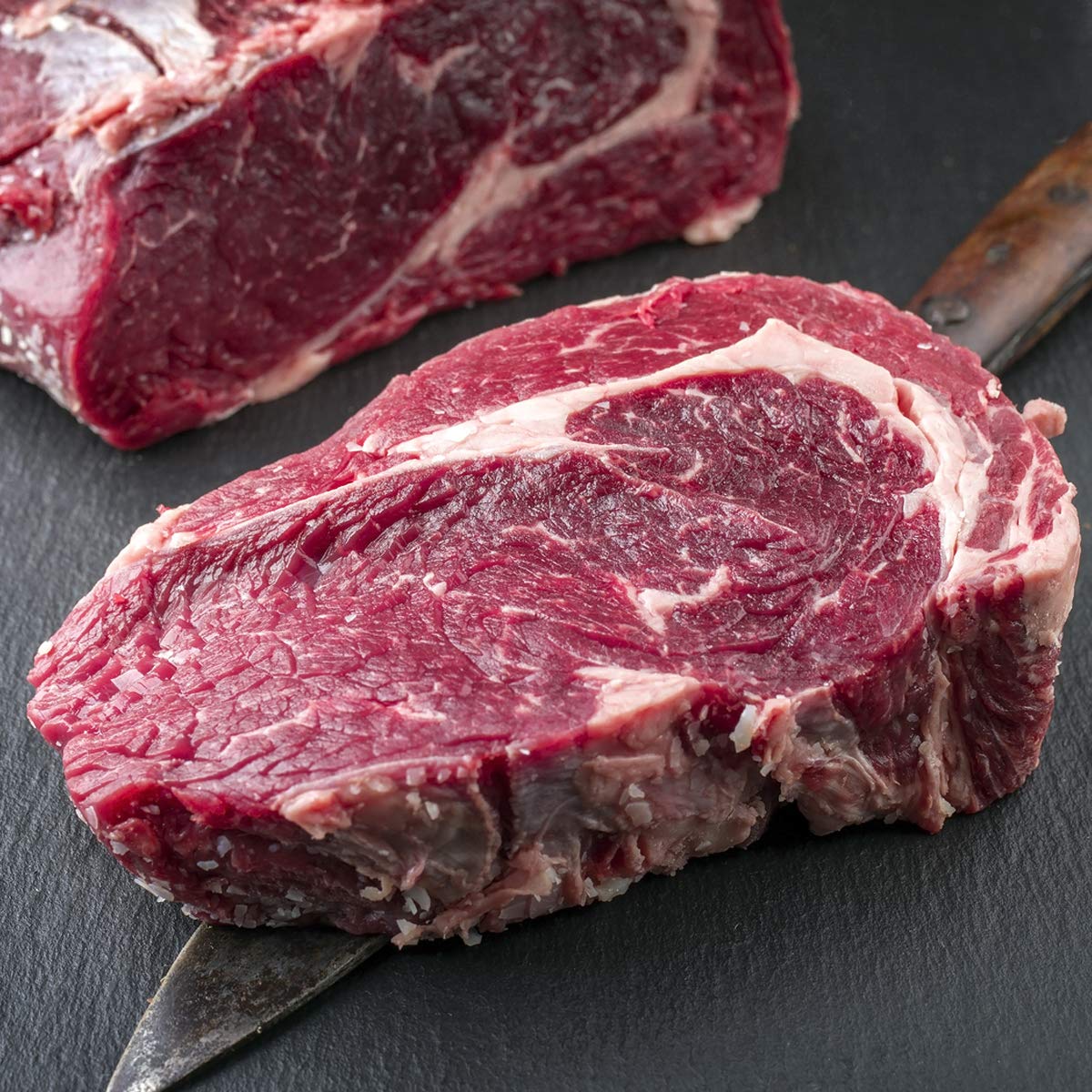
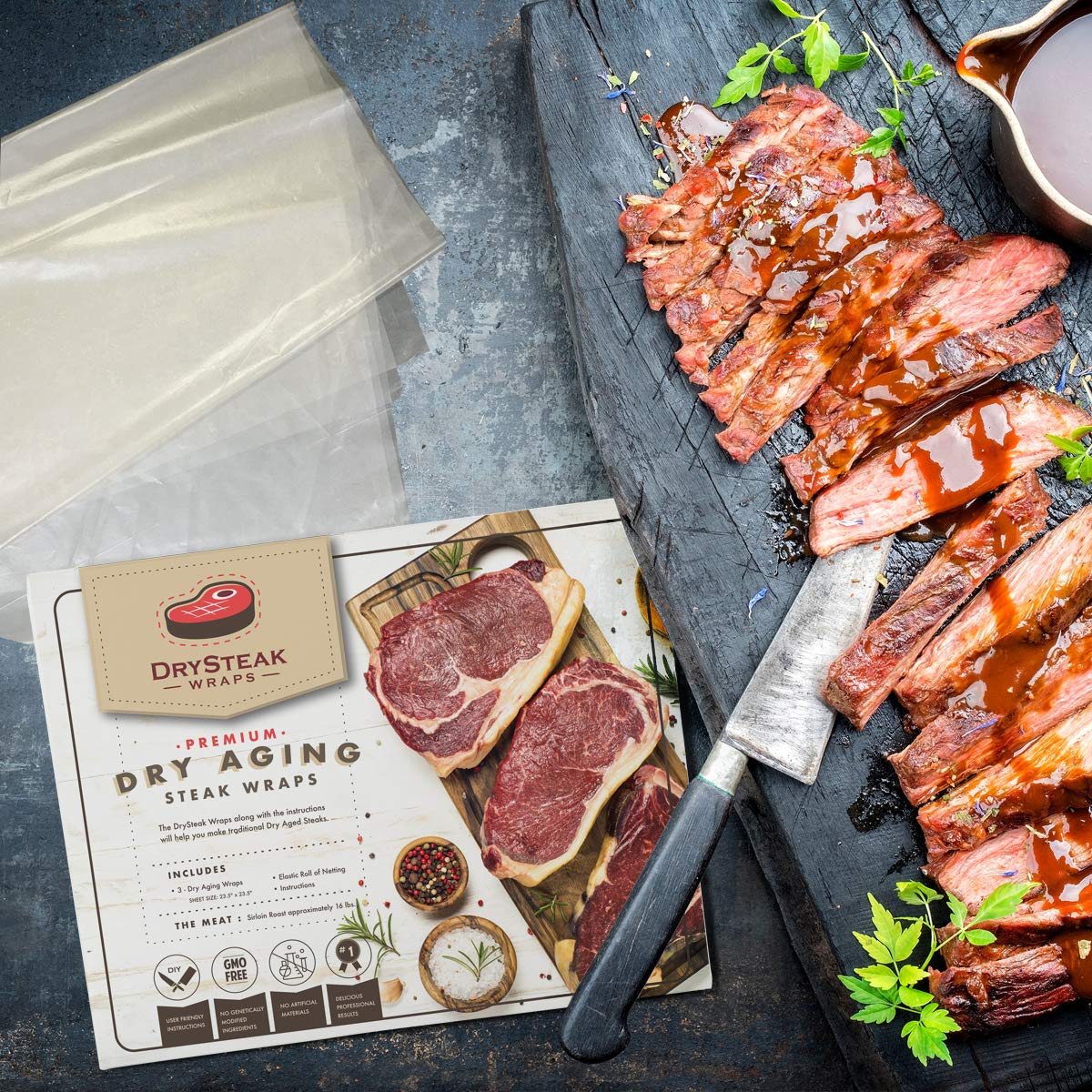
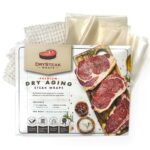
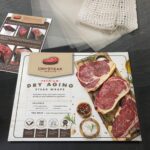
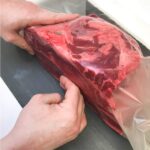
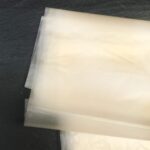

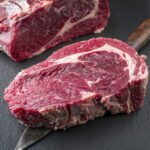
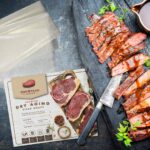
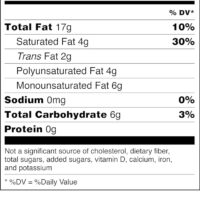

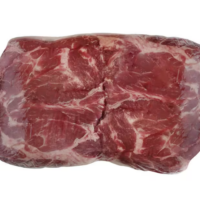



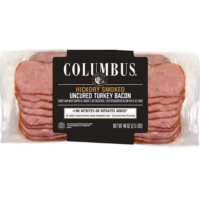
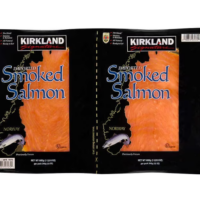

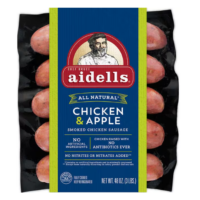
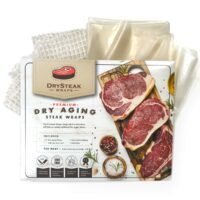
JS. –
A good product but a little costly
Kaiser_D –
Two wraps ripped on while packaging the meat.
Ben –
These are great for making charcuterie. The film adheres very well to the meat and doesn’t peel off as the meat dries like other products will. I found the rate of drying can be a little fast, especially for thinner cuts.
JustScience –
First attempt at dry aging multiple in my kitchen refrigerator has been totally successful! I considered the other vac seal membranes, but I think these are more flexible for usage and perform just as well. Highly recommended!
Marty Elia –
There are several different systems and brands for dry-aging meats out there from buying a special ‘dry-aging’ refrigerator to one using plastic bags which you shrink-wrap, etc., but this particular product uses wrapper ‘sheets’ which are vegetable-based. Be careful not to tear them when you’re wrapping the meat; they’re very delicate. Although a bit small (we had to use 3 of the 4 sheets in the kit in order to completely cover a 21-pound bone-in ribeye) we had enough sheets in one kit to do the job. First, we washed and wrapped the meat, and after making sure we pressed all the air bubbles out, we then stretched the included elastic netting over the entire piece. The size of the meat was so big that we encountered some difficulty doing this and accidentally tore a small hole in a corner but had enough to patch it up. We then put the meat on a grate to ensure air circulation and put it in our refrigerator. After 36 days of dry aging, we took it out, cut and trimmed it and cooked a fresh piece. It was the tastiest, most tender ribeye we’ve ever had! We’ll definitely buy this product again. The first photo shows the bone-in ribeye wrapped and in our refrigerator after 1 day, the next photo shows it after 1 week, the 3rd photo shows it being carved with the wrapper still on after being aged 36 days, the 4th photo shows it standing on end and the 5th photo shows an unwrapped end cut in the foreground which is so thick we’ll use it to make a prime rib roast, to the left is a smaller end cut which has the inedible ‘crust’ on the meat which forms while aging (this is normal and it’ll be discarded), in the background are cut, unwrapped, untrimmed 2 inch thick bone-in ribeyes and on the right by my wife’s hand is pictured the fully trimmed bone-in ribeye which we cooked that day. I would say that, aside from being VERY CAREFUL in wrapping the meat, the most difficult part had nothing to do with this product; rather, it was cutting the meat because we wanted thinner cuts than 2 inches, but the wide bones were in the way. And actually, after we cooked the 2-inch piece, it came out fantastic and the amount of doneness was perfect!
CChu –
I’ve tried both the Umai bags and these wraps (3x of each) . Each time I did them on full 12-14lb ribeye or whole strip loins.
For the Umai bags — it was a PAIN in the butt to get a good seal and it seemed so finnicky afterwards that it would leak easily. for reference i was using a food saver vacuum sealer I got from costco. Not the base model but one of the higher up ones with a built in bag roll / cutter. I ended up wasting 1 bag because I would try over and over again to get a good seal and it would just leak and get looser than I was comfortable with proceeding.
For the wraps it was super easy. Just got the surface slightly wet (not too damp). laid it on top and stretched it over. The membrane stuck to the surface EASILY as I wrapped the meat like a present for xmas. The hardest part was getting the netting around the meat (but not too bad with some practice) In comparison to trying to get vacuum seal this was WAY easier.
I’m surprised that not more people who use the umai bags use this product instead. saves so much hassle and time imo.
Hope this helps.
jennifer hardisty –
I’d recommend this to anyone starting out drying/aging/curing meat. It’s very easy to use, and provides excellent results in a fridge. I did two cuts, and both were low to no maintenance, with even drying over a couple months. The cover was also simple to apply and remove. I made a lonzino and dried a ham in this product. They took a bit longer than expected, which I suppose is a good thing, as this product is designed to slow drying (so you don’t get a hard shell and soft interior end result). I’d still use this in certain situations, but . . .
Once you have a bit of experience, or a decent curing chamber, then this has less value. I probably wouldn’t pay the cost for this today, unless there was a specific application I wanted to do in the fridge, or for some other specific reason like aging an expensive steak where I want to be near certain the result is good (these are labeled and intended for dry again steaks). Instead, for curing and drying, I have a chamber, and I know more about what I’m doing, and I prefer to dry exposed to air, and controlled mold. Basically, I can control my environment (temp and humidity), and so this is less valuable. For the cost, if a loin or something goes bad, . . . it’s cheaper to toss it and do it again. And of the dozen meats I’ve done open air, I have only tossed one which probably was ok, but better safe than sorry.
Al D. –
I used these wraps to dry age some Calabrian pork tenderloins and Italian capacollo in the refrigerator. The wraps come in a large size so I was able to use two of the three wraps for 2 tenderloins and 2 pork coppas. They worked great, just a little difficult getting all of the air out from between the meat and wrap without tearing the wrap. They controled the moisture release consistently and allowed for the target weight to be achieved in a relatively short time, 28 and 33 days respectively.
huntinghawk –
I make capicola in the refrigerator with these wraps and it works flawlessly if you use the proper method and practice.
First, I follow the recipe from 2 Guys and a Cooler on YouTube.
Second, use the wraps as intended: meat needs to fit within 23.5″ x 23.5″ sheets, meat needs to be slightly damp but not soaking wet or else sheets will get soggy and tear, and refrigerator should be around 35 degree F.
When removing the wrap be careful and slow so that the sheet comes off in large pieces. It will speed up the removal process. You can soak it in water and dissolve the wrap but that will also remove the seasoning from the meat.
I take off one start for Value for Money because its hard to believe that the cost of manufacturing and packaging justifies $25 for three sheets of wrap.
Peter –
This product is much easier to use than the vacuum sealed Umai bags and in my opinion yields a much better end product.
I dry aged a 15lb USDA prime boneless ribeye roast for 50 days with this and the results were out of this world. There was no mold/spoilage but rather a wonderful nutty slightly cheesy smell and flavor that is characteristic of dry aging.
I’d previously tried something similar with Umai but the meat shrank to almost nothing and the flavor, while good, didn’t really taste dry aged. Some claim the Umai bags don’t allow for the good microbes, which provide the dry age flavor, to enter the meat so it’s not the same as open air dry aging. I don’t know if this product does that or not, but there was definitely a flavor difference and this was much closer to, if not indistinguishable from open air aging.
Plus, the Umai bags are notoriously difficult to seal properly; on average I would waste one Umai bag per dry aging attempt because of a bad seal. This product avoids the sealing issue and allows you to just wrap the meat like a Christmas present. If one whole wrap doesn’t completely cover your meat you can just cut additional pieces of the plastic and apply where needed. Provided the meat is wet, the plastic sticks easily right away.
The only negative was the net that keeps everything in place, and maintains the meat’s shape during the aging. I found it much too tight and difficult to apply without tearing the plastic that I’d so carefully wrapped the meat in. Next time I’ll just use butchers twine which is a perfectly fine option.
Otherwise this is a fantastic alternative to an expensive dry aging rig and I think much better than its closest competitor.